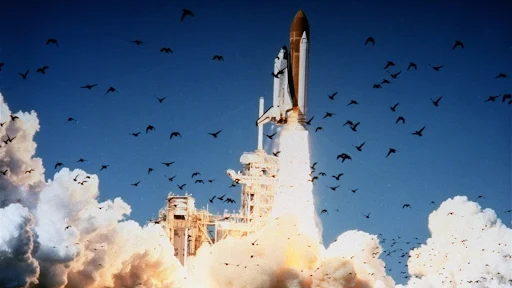The Space Shuttle Challenger's story is a mix of triumph and tragedy. Launched in 1983, it became the second space-worthy orbiter in NASA's fleet, completing nine successful missions before disaster struck in 1986.
Early Missions and Milestones
Challenger's maiden voyage in April 1983 marked a significant milestone. It went on to host the first spacewalk of the Space Shuttle program and carried the first American woman and first Black astronaut into space. These achievements highlighted the growing capability and diversity of the US space program.
The Challenger Disaster
However, Challenger's 10th launch on January 28, 1986, ended in catastrophe. The excitement surrounding the mission, which included the first teacher, Christa McAuliffe, turned to horror as the spacecraft exploded just 73 seconds after liftoff. The loss of all seven crew members sent shockwaves around the world.
Cause of the Tragedy
Investigations revealed a critical design flaw. Cold temperatures on the launch day caused the failure of rubber O-rings in the solid rocket boosters. This allowed hot exhaust gas to leak, ultimately leading to a catastrophic structural failure.
Aftermath and Impact
The Challenger disaster grounded the Space Shuttle program and forced a reevaluation of NASA's safety culture. The tragedy highlighted the importance of prioritizing engineering concerns and listening to the voices of engineers who raised warnings before the launch.
The Challenger accident cast a long shadow over the Space Shuttle program, but it also led to significant safety improvements. The crew's sacrifice serves as a reminder of the inherent risks of space exploration and the need for constant vigilance.


